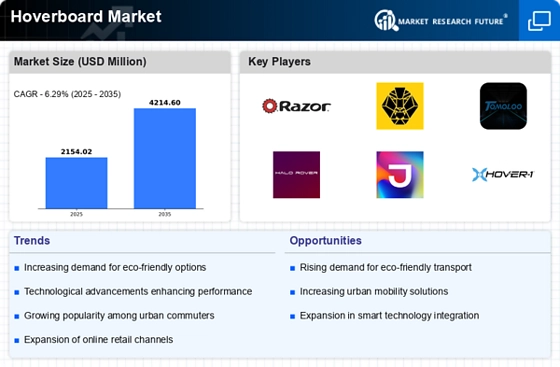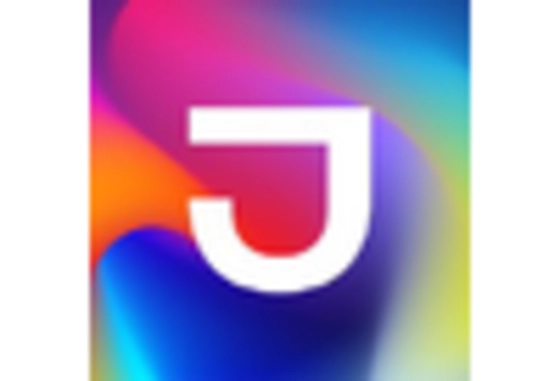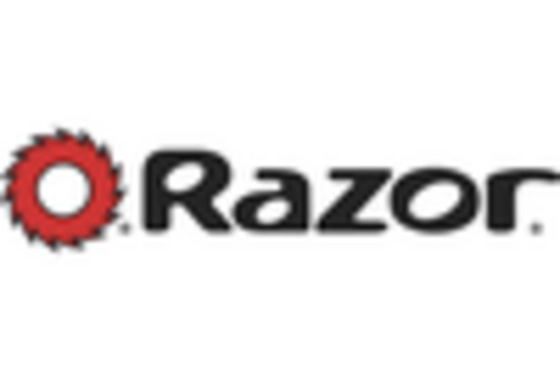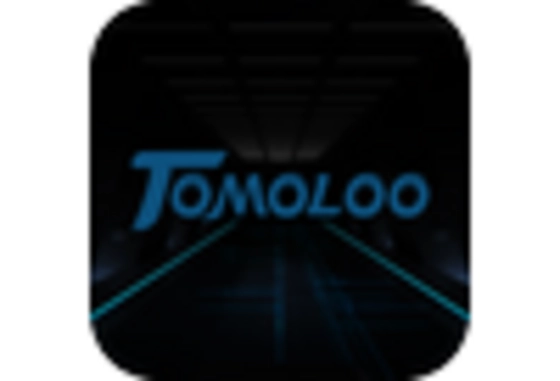The Hoverboard Market is currently characterized by a dynamic competitive landscape, driven by innovation, consumer demand for personal mobility solutions, and advancements in technology. Key players such as Razor USA LLC (US), Swagtron (US), and EPIKGO (US) are strategically positioning themselves through a combination of product diversification and technological enhancements. Razor USA LLC (US) has focused on expanding its product line to include models that cater to both recreational and practical uses, thereby appealing to a broader demographic. Meanwhile, Swagtron (US) emphasizes safety features and user-friendly designs, which have become critical selling points in a market increasingly concerned with consumer safety. Collectively, these strategies contribute to a moderately fragmented market structure, where innovation and brand loyalty play pivotal roles in shaping competitive dynamics.
In terms of business tactics, companies are increasingly localizing manufacturing to reduce costs and enhance supply chain efficiency. This approach not only mitigates risks associated with The Hoverboard Market demands. The competitive structure of the Hoverboard Market remains moderately fragmented, with several players vying for market share. The collective influence of these key players fosters an environment where innovation and consumer engagement are paramount, driving the market forward.
In August 2025, Razor USA LLC (US) launched a new line of eco-friendly hoverboards, utilizing sustainable materials and energy-efficient manufacturing processes. This strategic move not only aligns with growing consumer preferences for environmentally responsible products but also positions Razor as a leader in sustainability within the hoverboard segment. The introduction of these products is likely to enhance brand loyalty and attract environmentally conscious consumers, thereby strengthening Razor's market position.
In September 2025, Swagtron (US) announced a partnership with a leading tech firm to integrate advanced AI features into their hoverboards, enhancing user experience through smart technology. This collaboration signifies a shift towards more technologically advanced personal mobility solutions, potentially setting a new standard in the industry. By leveraging AI, Swagtron aims to differentiate its offerings and cater to tech-savvy consumers, which could lead to increased market penetration and customer retention.
In October 2025, EPIKGO (US) unveiled a new marketing campaign focused on promoting the safety and durability of its hoverboards, targeting parents and young riders. This initiative reflects a growing trend towards emphasizing safety in product marketing, which is crucial in a market where consumer safety concerns are paramount. By addressing these concerns directly, EPIKGO is likely to enhance its brand reputation and appeal to a wider audience, particularly families.
As of October 2025, the Hoverboard Market is witnessing trends that emphasize digitalization, sustainability, and the integration of advanced technologies such as AI. Strategic alliances are increasingly shaping the competitive landscape, enabling companies to leverage complementary strengths and enhance their product offerings. Looking ahead, competitive differentiation is expected to evolve from traditional price-based competition towards a focus on innovation, technological advancements, and supply chain reliability. This shift underscores the importance of adaptability and forward-thinking strategies in maintaining a competitive edge in the rapidly changing market.


















Leave a Comment